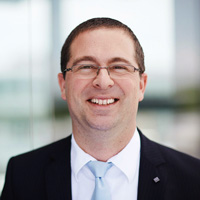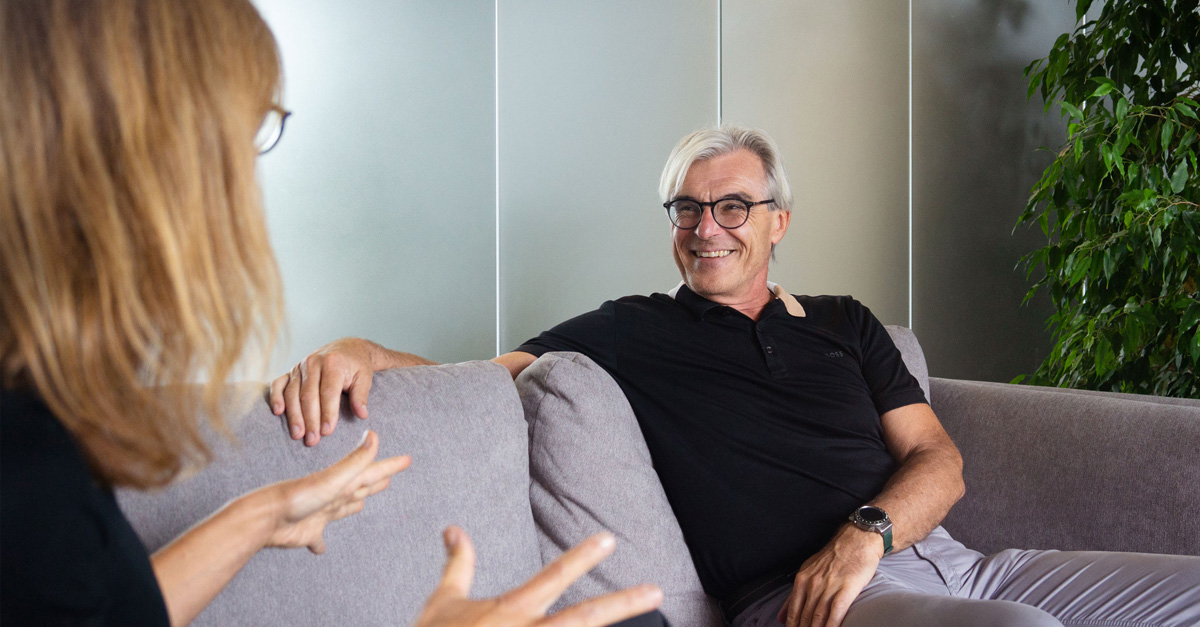Quality 2015 – answers to new quality challenges need to acknowledge the human factor, supported by procedures and tools
![]()
The “Quality 2015” event of Management Circle at Düsseldorf (March 10 – 11, 2015) was a high-quality experience: Almost 100 participants did a good investment, being able to learn how quality experts from research and different industries opened their “treasure chests” and shared openly how they managed quality challenges mostly inside their organizations, sometimes even going beyond their own organization.
Prof. Dr. Robert Schmitt from the Fraunhofer Institute for Production Technology at RWTH Aaachen opened and led through the event. By giving illustrative examples like Big Data, Generation “Y” and risk management, he illustrated that the “game has become faster”. He showed that the scope of quality has changed from earlier “production / work without losses” towards a more holistic approach, with emphasis on the human quality mindset and the sustainable changes, like the “internet of things”, referring to the buzzword Industry 4.0.
In his speech, Prof. Dr. Jochen Deuse, Head of the Institute for Production Systems at TU Dortmund University, showed a real-life industry example how a “Big Data Analytics” approach can be structured and executed based on different data. The complexity dimensions here are the “3Vs”: volume of data, velocity of data (e.g. batch or real-time) and variety (how are data structured or not?). Typical challenges are dirty data and mixed-scale data.
He showed, that with the right methodology and tools, these challenges can be handled, e.g. by preprocessing, to classify data correctly, by multi-variate statistics and tools able to handle, cleanse and evaluate the relevant data. It became clear that quality management is not necessarily limited to products and production, but that there is also usage-related quality management, which allows to optimize a whole supply chain.
Key takeaways
On day one of the event, quality managers from different companies gave valuable insights how quality challenges can be solved. Speakers included Mr Ulrich Retter from Festo, Dr Christoph Hammers from Ortlinghaus-Werke, Mr Ralf Dietrich from Premium Aerotec and Mr Hans Albrecht Kohlmann from WAREMA. They made clear that the driving force of sustainable quality management in companies is the quality mindset of each employee, which can be either guarantee of success or a risk factor.
It also became obvious that a quality culture must be fully supported also by the top management and that transparent and honest communication are crucial. Recognition and rewarding of employee-driven quality improvement help to motivate the workforce for quality. Key takeaways were that procedures need to be established which allow to use “stop signs” when things go wrong and that a quality culture is highly determined by how mistakes are handled with the involved people. Methods like a process map for process quality management and the right tools (e.g. for KPI reporting or 8D management) can help.
It was a good experience for me that several of the speakers of the event already know or even use SupplyOn, for efficient collaboration between buying and selling companies.
My personal highlight was the speech of Mr Michael Langer, a Lufthansa Pilot flying the Airbus A380, giving insights how dangerous hierarchical (non-)communication can be and how important trained, omni-present checklists and standard procedures are, when e.g. pilots and co-pilots have only a few minutes or even seconds to take high-stake decisions. He gave reported and own experiences what can go wrong, when not only a technical system, but also human communications sometimes fail.
He explained the very useful Lufthansa checklist for critical situations, named FORDEC (Facts – Options – Risks – Decision – Execution – Control), which can be applied in many different scenarios and allows to keep control even in extreme situations. Despite of very dramatic examples of what can go wrong, Mr Langer showed how these methods contribute to make flying the safest means of transportation.
Day one was concluded by a collaborative evening dinner in the Gasthaus “Schlüssel” in down-town Düsseldorf, where the quality of the “Alt” beer was approved by all participants.
The importance of the human factor
On day two of the event, quality managers from Kendrion, Airbus Defense and Space, and CLAAS gave insights into their “treasure chests”: e.g. risks and chances from quality perspective for dislocations, need for standardization, synergies from an existing partner network, and how important a communication is using “stop signs” as part of an incorporated risk management culture with personalized responsibilities.
Mr Ralf Wieland from Kendrion gave good examples of what is benchmark and what is just not working for dislocations. Dr. Weber, Airbus Defense and Space, illustrated risk management mindset, methods and tools, acknowledging personalized responsibleness and illustrating incorporated bottom-up risk assessment based on damage impact and probability of occurrence.
Dr. Cornelius Weiß, CLAAS, illustrated how important a quality mindset is, fostered by organization development, supported by e.g. quality dialog maps and trainings, in order to get to a quality-driven mindset and company culture (“I am quality”).
After insights into the new ISO 9001:2015 and related challenges, as explained by Mr Michael Weubel from Deutsche Gesellschaft für Qualität, the event split up into two different streams, the first one assessing customer-oriented quality management. This stream one included speeches from Dr. Thomas Hochkirchen, Ford-Werke, and Mr Axel Warner, Faurecia.
Dr. Hochkirchen gave good examples showing that different target groups worldwide require different product answers and Mr Warner illustrated how a process for Perceived Quality for automotive seats is structured, planned and executed at Faurecia.
The second stream gave insights about the right QM methods and tools, with e.g. tool support for 8D and task tracking, as presented by Dr Alexander Schloske from Fraunhofer Institite for Production Technique and Automatisation, and Frank Scheihing from Kienle & Spiess GmbH. Different tools support these kind of quality collaboration processes, among them SupplyOn Problem Solver for 8D handling and SupplyOn Action Management for audit execution and task tracking.
The event was concluded by Mr Andreas Fiederle from People Reading, revealing that spoken message and spontaneous facial expression should be consistent, if an honest statement is being made. He illustrated his speech with examples of people speaking in public, where spoken word and non-verbal communication sometimes contradicted. This led back to the importance of the human factor, which is at the very heart of each sustainable quality improvement. Which was definitely true also for the Quality 2015 event.



